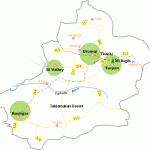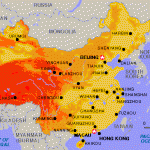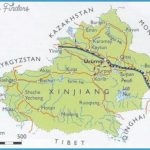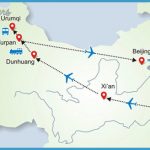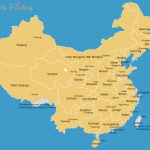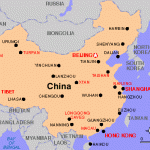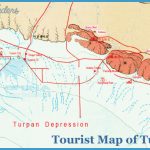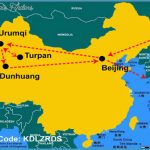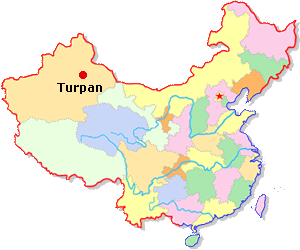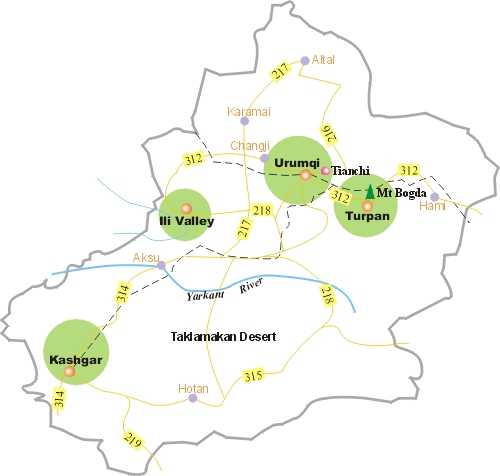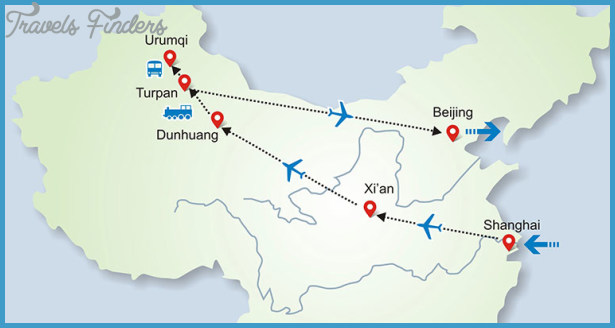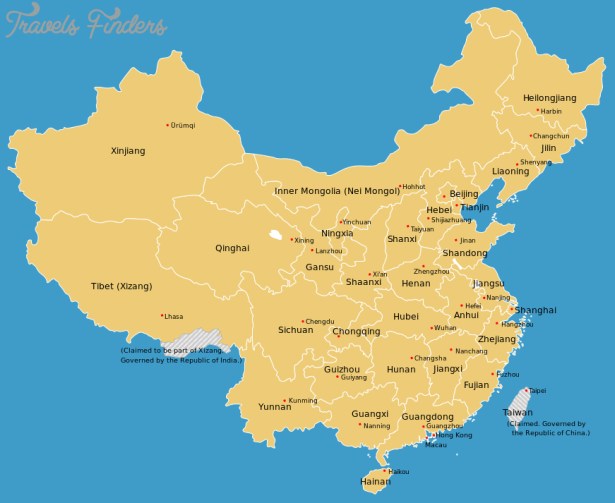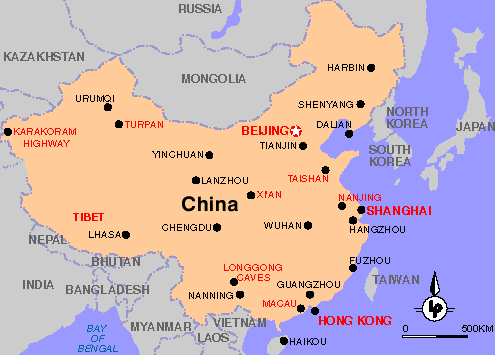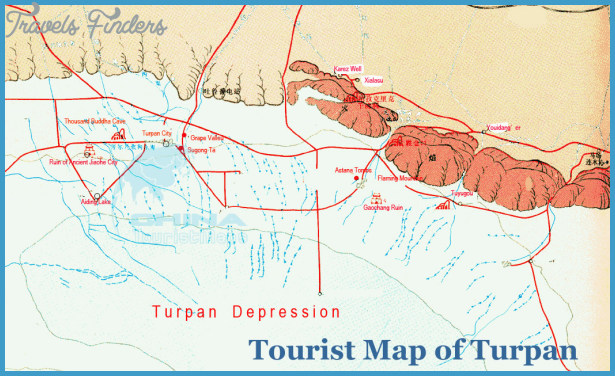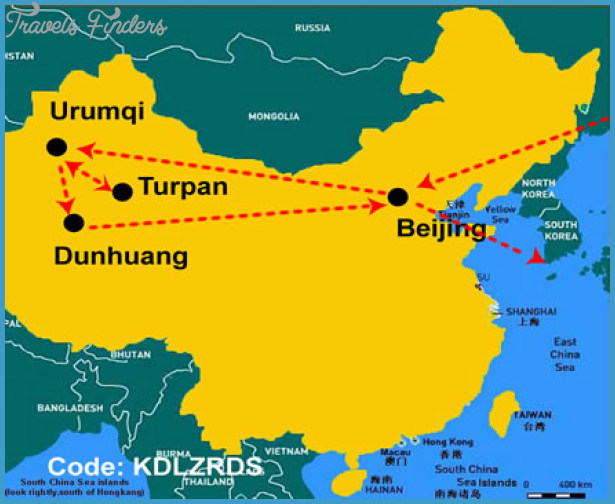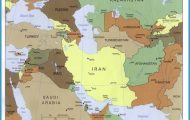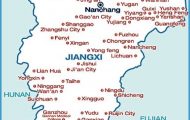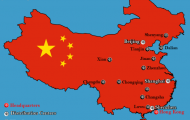Between the foothills of the Tianshan, 154m/500ft below sea-level to the north-east of the Tarim Basin, lies the Turpan Depression (Turpan Pendi).
The Dsungarian Basin (Junggar Pendi) at an altitude of between 200 and 750m/650 and 2500ft resembles an isosceles triangle. In the west and east there are openings into the expansive mountain ranges, while access to wooded North Asia and the Mongolian Basin involves crossing the Tarbagatai and the Altaj mountains. To the south the Tianshan separates the Dsungaria from the Tarim Basin and the Turpan Depression. Here too the basin which slopes gently to the west is largely given over to sandy desert. The northern part of the plain consists of extensive saline swamp.
Like the other basins of north-west China, a belt of oases have formed at the foot of the Tianshan and this zone is intensively irrigated and farmed.
The Quaidam basin, surrounded by the Nanshan and the Kunlunshan, lies between the Tibetan Plateau and the lower lying areas of the Tianshan. Covering an expanse of 120,OOOsq.km/46,500sq. miles, the basin lies at an altitude averaging 2700m/8850ft. The landscape in the west is largely sandy desert, while in the east, saline swamp is only passable when frozen.
The Mongolian Basin extends for about 2000km/1240 miles, stretching Mongolian Basin northwards beyond the Chinese border and the Autonomous Region of Inner Mongolia into Siberia. This broad, relatively flat basin at an altitude ranging between 1200 and 1500m/4000 and 5000ft is bordered to the north by the South Baikal Mountains, in the east by the Greater Xingan Range, in the south by the Nanshan and the Gobi Desert and in the west by the Alta] and Beishan.
The climate of the whole region can be described as semi-arid and parts of the basin are subject to ridging. Huge mountain ranges including the Sayan Mountains, the Changaj, the Mongolian Altaj and the Gobi Altaj all serve to break up the level plain.
In the few places where productive rainfall occurs, sparse woodland vegetation has taken root, but on the leeward slopes of the mountains and in the basins, semi-desert or desert landscapes predominate.
The cold, northern steppes and mountain lands allow the native Mongols to lead a nomadic existence which involves moving between pastures. The distinctly hostile terrain of the dry and barren Gobi (Shamo) Desert has claimed many lives.


